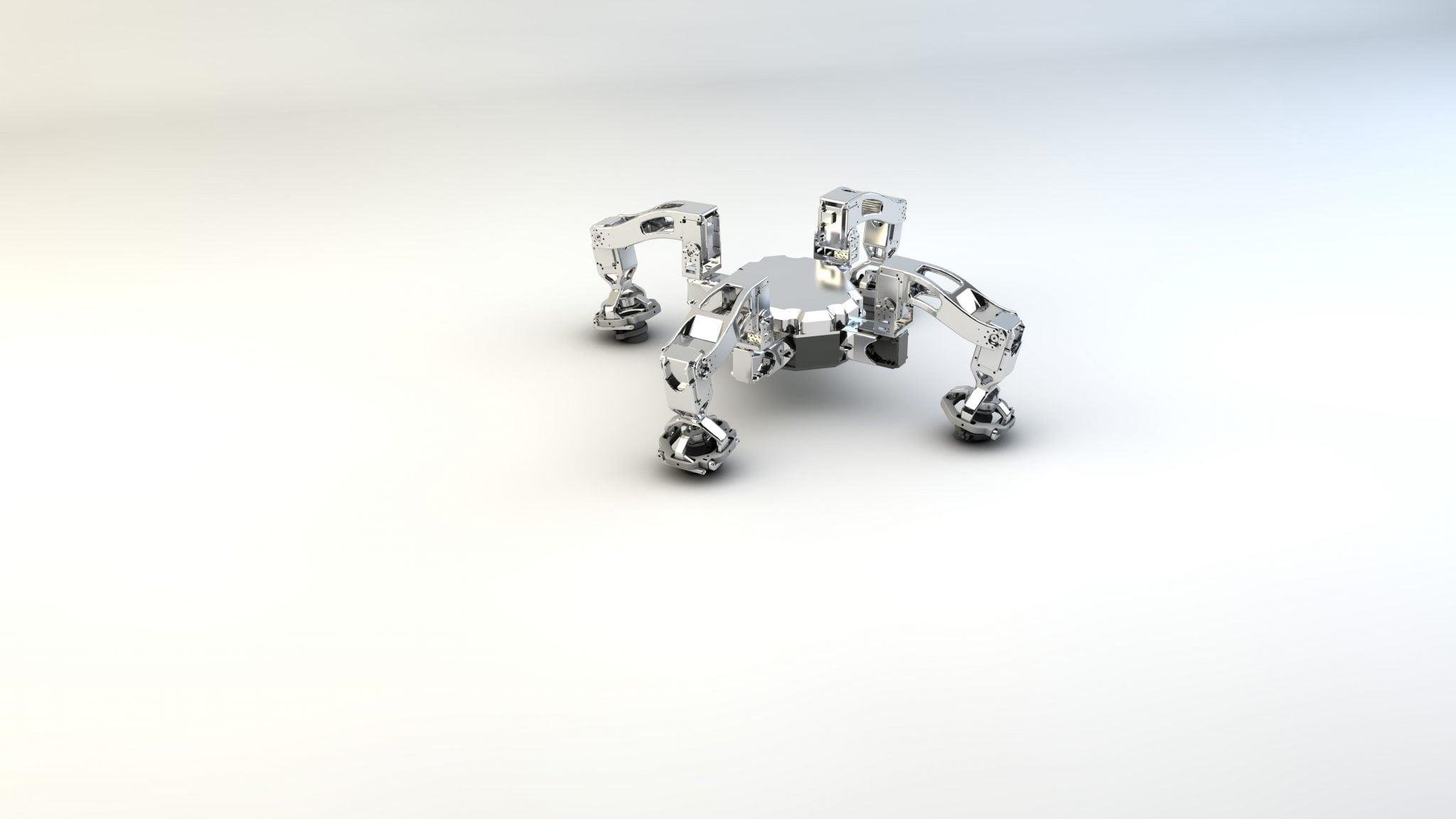Complex Industrial Structures vs. Magneto: A case study

One of the biggest inspection challenges has always been interior assets with narrow, complex spaces. Cluttered, random structures prevent even the most advanced arial inspection tool from being used. While robotic platforms have improved dramatically over recent years, even the majority of these struggle to provide adequate global coverage of such an area.
The answer to this is a new breed of AI – robots with autonomous features that can approach and solve problems as they manoeuvre. The following case study documents one of the latest successful examples of technology overcoming a long-standing inspection problem.
The Asset
Complex interior structures are common in many industries, including Oil & Gas, Petrochemicals, Nuclear, Mining and more. Random, interior elements, a variety of angles, obstacles, inclinations and more are common features. Add in difficult entry points, non-oxygen atmospheres, occluded pockets etc and any combination of these makes for a challenging inspection project.
The Challenges
The dilemmas of doing so were many, with the main ones being categorised as follows:
- A suitable robotic platform would need the ability to traverse surfaces at any incline
- It would need to have the dexterity to climb and cross discontinuous surfaces, such as narrow beams
- The robot would require the flexibility to adapt its body structure to a continually changing landscape
- It must easily switch from locomotion to inspection mode
- Be easy to deploy and control
The Solution
The Magneto platform was designed and developed with the financial assistance and industry support of NERA and CSIRO’s Data 61, and is manufactured locally by SixDe in conjunction with Nexxis’ engineering team. An advanced example of a type of robotic family, known as Magnopods. Magneto is a multi-limbed robot with pioneering AI technology that allows semi-autonomous locomotion. It has electro-magnetic feet, providing robust connection to ferrous surfaces and a firm grip at any inclination.
Magneto’s software offers cutting-edge localisation and object detection. This gives it the ability to sense any random obstruction and adapt its geometry to navigate them. With four dextrous limbs, it can climb and crawl over the most complex of 3D structures, while ensuring strong adhesion to the surface. This allows Magneto to access the smallest of spaces, including visually occluded pockets that are inaccessible by human inspectors.
The result is a highly viable, flexible inspection robot that removes many of the traditional issues associated with inspecting such spaces. These include:
- Removing the need for human entry to enclosed spaces
- Improving inspection coverage
- Lowering inspection costs
- Speeding up the inspection process
- Making proactive inspection and monitoring easier
Magneto won the “New Innovative Technology in Inspection Maintenance or Cleaning” at the 2019 Sprint Robotics Conference in Rotterdam and more recently the “Best solution to a work health and safety risk’ at the Work Health and Safety Excellence Awards in 2022 Magneto is available for demonstration to clients contact us to book a time.
Contact us to find out more about the Magneto Inspection Robot or any of our other custom solutions, or request a quote online.
Carry on reading about the Magneto in “Magneto Takes Out WA Safety Award“.
